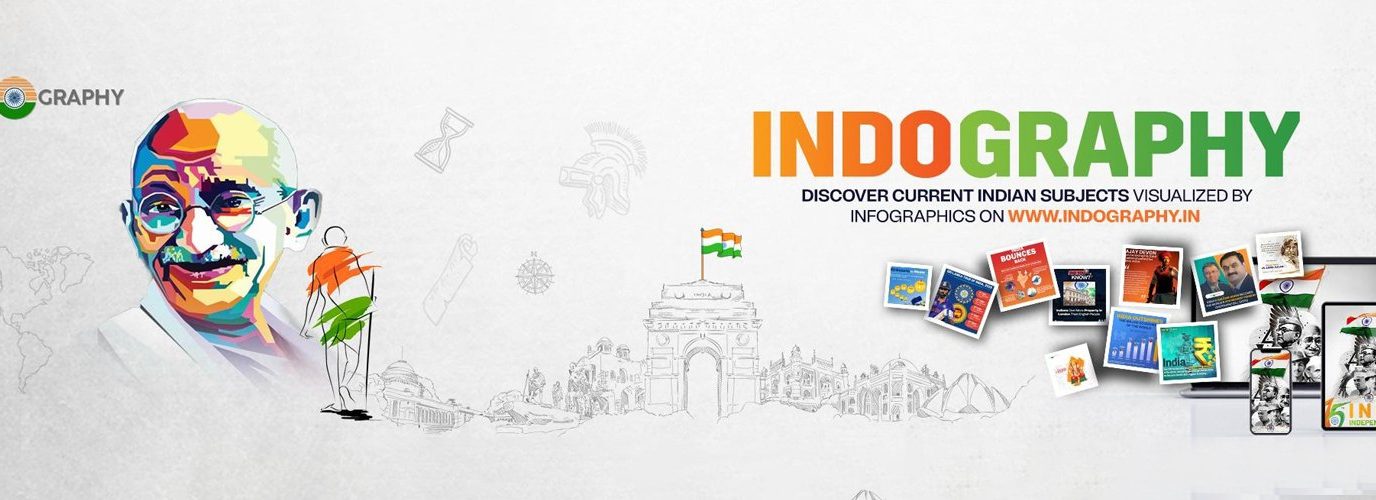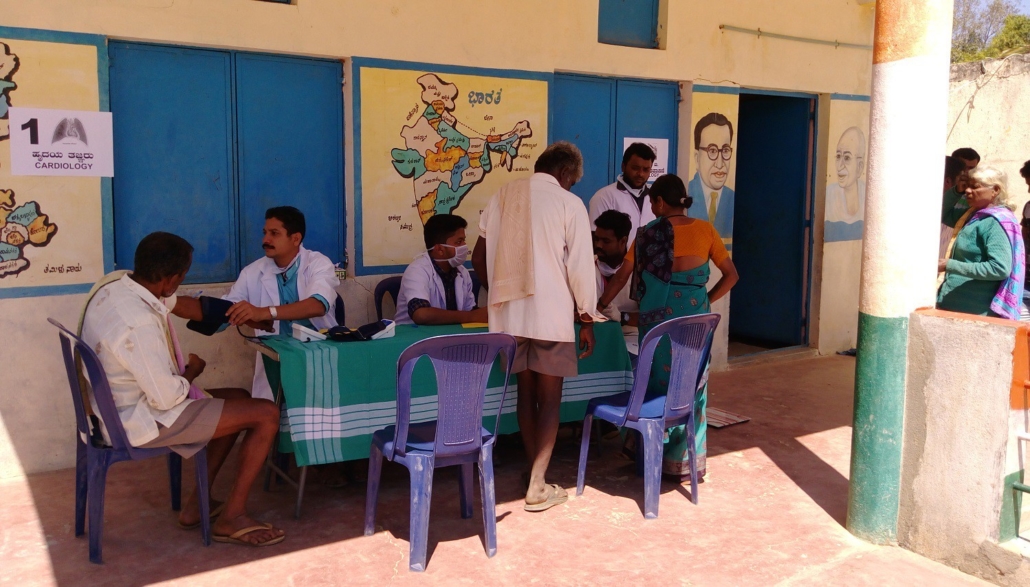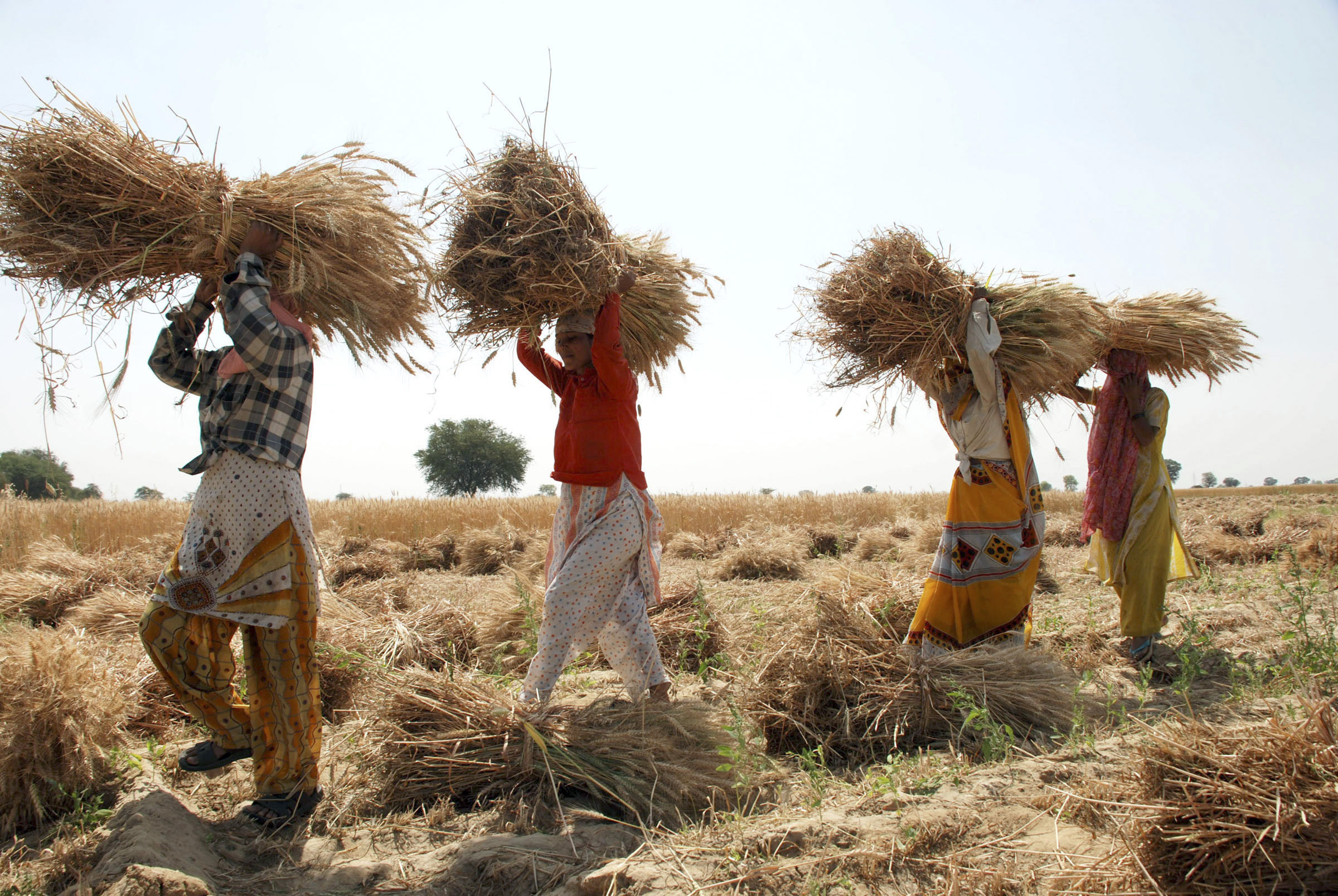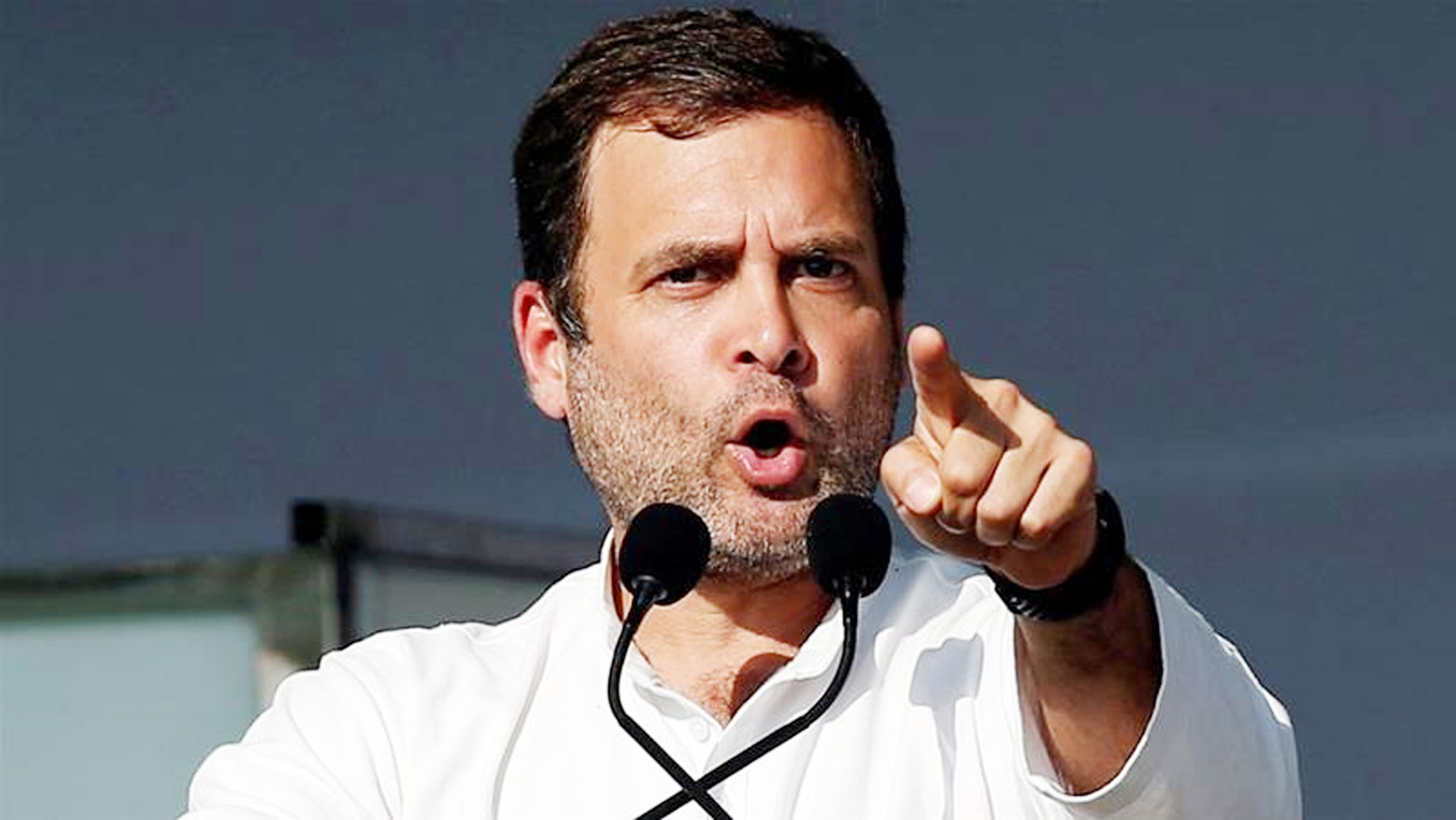Numerous festivals celebrated by numerous ethnicities are what define India’s rich fabric of cultural variety. However, when cultural events clash with religious sensibilities, the peaceful coexistence of several religions may occasionally be put to the test. A recent incident in which a Hindu celebration took place close to a Muslim place of worship resulted in fights and tensions that were mostly attributable to the use of music.
The use of music during the Hindu celebration was the main cause of the altercations and tensions that developed during this specific episode. The loud and boisterous celebrations clashed with the serious and introspective ambiance frequently associated with the Muslim place of worship, even though music plays a significant role in Hindu ceremonies. Worshippers become uncomfortable as a result of the festival’s energetic rhythms and songs accidentally upsetting the tranquilly of the sacred location.
While perusing social media articles on the unrest in Haryana’s Nuh district brought on by the Vishwa Hindu Parishad-Bajrang Dal parade on Monday, I had just one question in mind: How long will these folks continue to play music in front of mosques and in areas where the majority of the population is Muslim?
Due to the problem’s lengthy history, the question came up. Nearly 150 years have passed since Hindus and Muslims began to argue over music played in front of mosques.
Researchers have shown that throughout the colonial era, particularly in the 1860s, music became a recurrent cause of communal conflict. Newspaper readers in the later decades of the 19th century were aware of the occurrence of “music-before-mosque riots,” despite the fact that their numbers were negligible in comparison to those of today.
Social media posts on the violence in Nuh emphasised that the provocative behaviours were justified by claiming that Hinduism mandates the performance of music on almost every occasion.
Mahatma Gandhi made the following observation while focusing on this source of animosity between Hindus and Muslims: “Not a single Hindu religious ceremony can be performed without the accompaniment of music.”
The Shobha Yatra that the VHP-Bajrang Dal insisted on holding on Sawan Somvar (the first Monday of the Hindu month of Sawan), nor the Ram Navami procession earlier in April, which led to racial unrest in seven states during Ramadan, were specifically religious events in the immediate context.
In such situations, music is instead employed to demonstrate Hindu strength. The community’s “domination and territoriality” are established through it, according to Lynch.
Academic Nazima Parveen described the message of majoritarian hegemony to Muslims going through Muslim ilaaqe, or regions, in her comprehensive study, Contested Homelands: Politics of Space and Identity. Hindu processional music, such as that played at Nuh, is not a sign of devotion. Instead, the goal is to give Hindus the authority to enter Muslim-dominated areas whenever they like and play music in front of mosques as a way of insulting Muslims. This is being done fully aware that Islam forbids the performance of music because it views it as immoral.
In the late nineteenth century, the purpose was to rile up Muslims and cock a snook at them. It is still the same today. Lynch drew attention to an 1882 report from Salem, Tamil Nadu, by an unnamed reporter of The Pioneer in his thesis and a brief work that came before it. After a spate of violent riots that were brought on by music performed by individuals in the procession as they passed the mosque, the reporter arrived in the city.
The newspaper story described Muslim newborns, men, and women’s bodies lying throughout the area. Their residences and the mosque have been “razed to the ground. On every side, bodies were present. Unidentified reporters reportedly reported seeing “dead pigs thrown in with the corpses of Muhammadan children.”
In the 1890s, Bal Gangadhar Tilak purposefully transformed Ganesh Chaturthi from “a devotional festival celebrated in honour of the god Ganesh… to a public spectacle with strong political motivations,” making these isolated episodes a part of the developing Hindu nationalistic toolbox. This occurred in 1894, one year following the riots in Bombay in 1893.
In August of that year, “Hindu ritual music” was played as Muslims recited the Friday afternoon namaz, which set off these riots between Hindus and Muslims. The episode, according to Lynch, “prompted particularly fervent editorialising from the Marathi-language newspaper, Kesari, especially from the publication’s founder, Brahmin leader Bal Gangadhar Tilak.” Tilak and other Brahmin officials of the Bombay Presidency started organising the “grand reinvention” of Ganesh Chaturthi in less than two months.
In 1894, when it was first observed as intended, the festival effectively transformed a modest private observance and localised community immersions into a highly public and more spectacular event.” As additional features were introduced over time, the celebrations grew grandiose.
Hindus and Muslims used to share holidays together until 1893. Hindus participated in the Muharram celebrations and gave money to neighbourhood organisations in addition to providing paid musical performances. Tilak urged Hindus to abstain from participating in Muharram.
Lynch stated that Tilak’s requests for Hindus to abstain from Muharram festivities in 1894 were a more overt manifestation of the anti-Muslim undercurrents of the public Ganesh Chaturthi. Additionally, he quoted a government document from 1895 that said there had been “more Hindu than Muhammadan Tabuts, and on the last day (the day of immersion), by far the greater part of the procession was entirely Hindu.”
Muslims have abandoned their “long-standing friendship,” according to Tilak, and “begun a regular campaign of harassing Hindu religious mendicants.”
The colonial authority had its chance to further polarise the populace and consolidate its hold. The 1894 Ganpati celebration was viewed by the Public and Judicial Department as acting “as a counterblast to the Muharram.”
According to Lynch, a “crucial aspect of Tilak’s marketing of Ganeshotsav as a replacement for Muharram involved the design of key elements in the festival to directly mimic those of Muharram.” Dancing and music were part of this.
The strategies worked, and just like Ganesh Chaturthi, Bengal’s Durga Puja was transformed from being mostly a private celebration into public pujas held in public spaces. Hindu and Muslim riots were a common occurrence, and this faultline was also noticeable in Nagpur, the future home of the Rashtriya Swayamsevak Sangh (RSS).
The festival’s eventual originator, Keshav Baliram Hedgewar, said in 1923 that he intended to break a rule from the previous year prohibiting music from being played in front of mosques during the procession honouring Ganesh that concludes the festival.
He saw the right to play music as a symbol of “Hindu strength” rather than as a frivolous affair. Hedgewar persuaded local Hindu authorities to postpone the immersion of Ganesh idols that year after the local government imposed a ban on playing music.
The government decided against allowing music to be played in front of mosques, which sparked a protest. This protest is referred to as the Dindi Satyagraha in the RSS’s historical records because a group of people, or dindi, were singing songs that were apparently religious but were actually used to incite conflict.
According to reports, B.S. Moonje served as the satyagraha’s principal organiser, while Hedgewar served as its “stormtrooper.” Moonje would travel to Italy more than five years later, where she would meet Benito Mussolini and see a number of fascist training facilities. Upon his return, he discussed recreating a number of the amenities he had seen in Italy.
In Nagpur, these intercommunal conflicts persisted, and in September 1925, Hedgewar founded the RSS. In many respects, “music-before-mosque” was one of the main factors that ultimately caused the RSS to be created.
Over time, the practise of playing music before mosques changed. For example, in 1989, during the Shila Yatra in Bhagalpur, when specially sanctified bricks were brought to Ayodhya, slogans were yelled in front of a mosque.
As a result, the district was nearly completely consumed by one of the deadliest community riots. There are several cases where the Sangh Parivar organisations used the same methods to incite communal violence. The current situation in Nuh demonstrates that the approximately 150-year-old trick is still in use.








